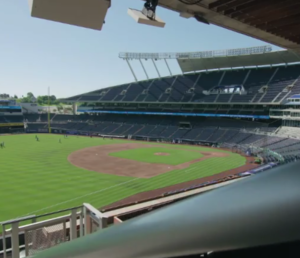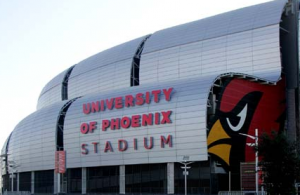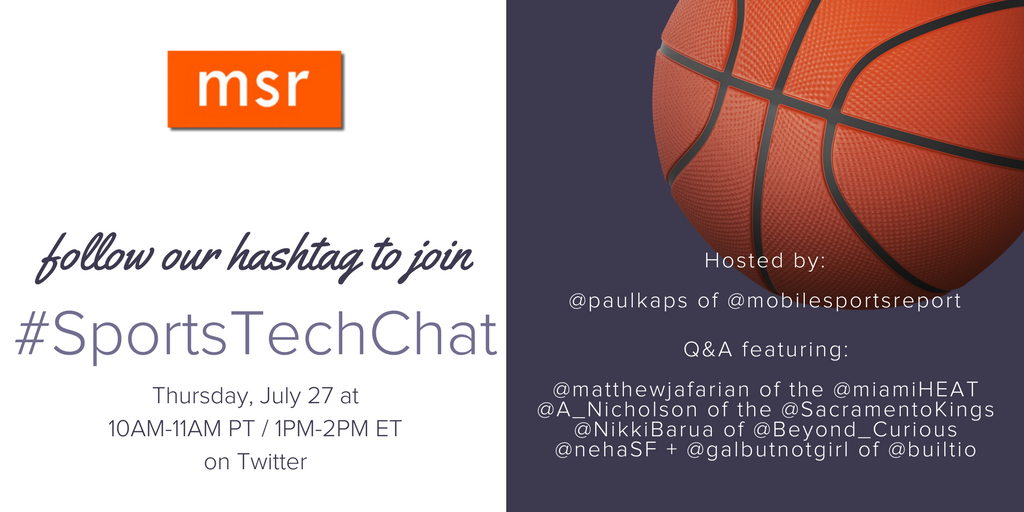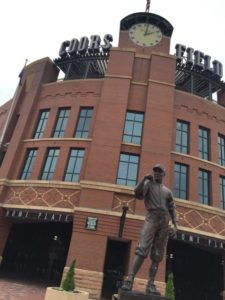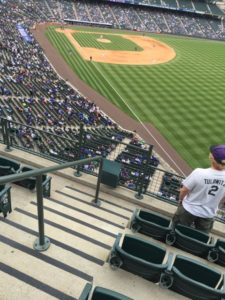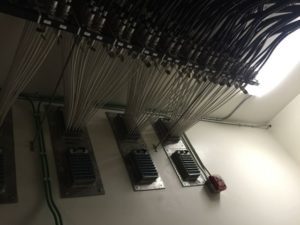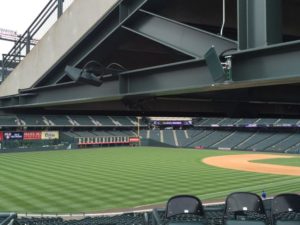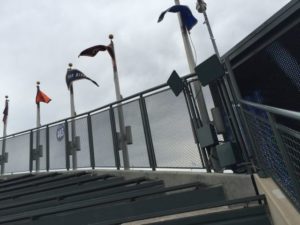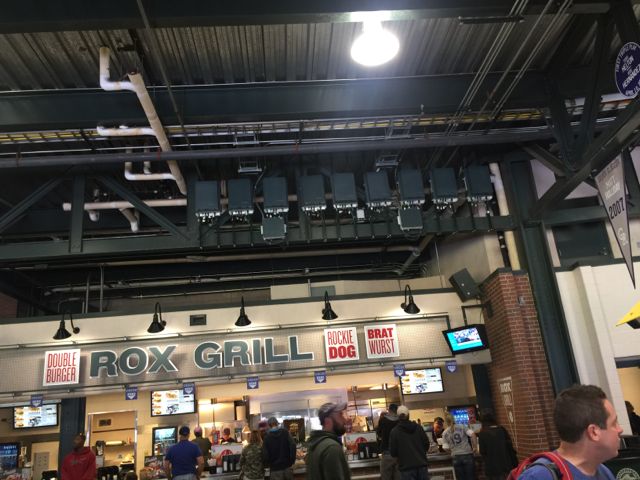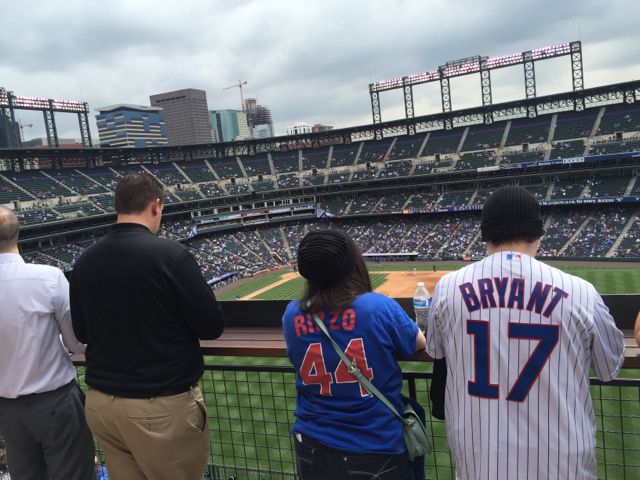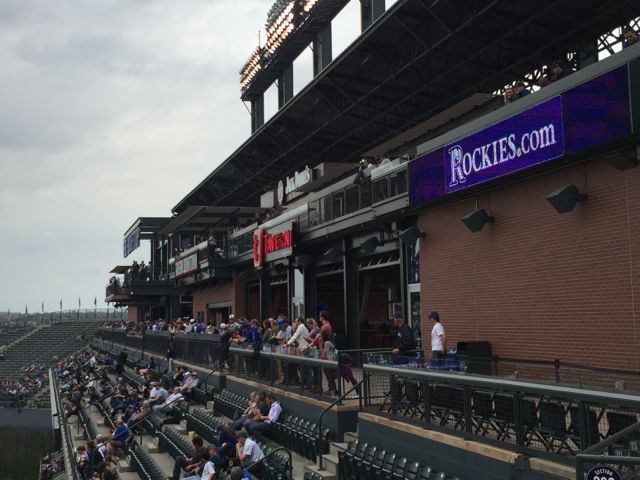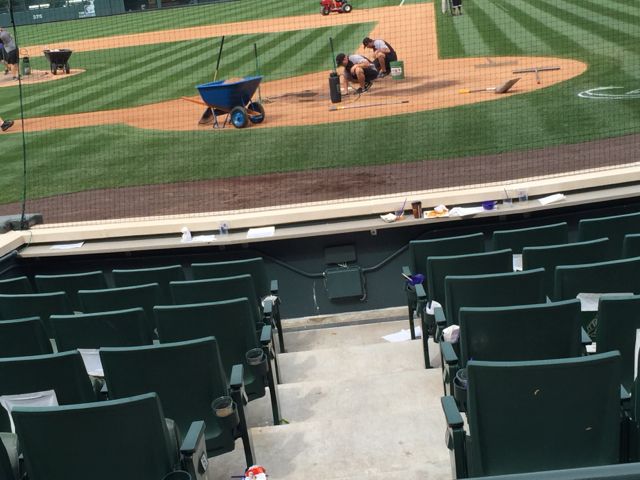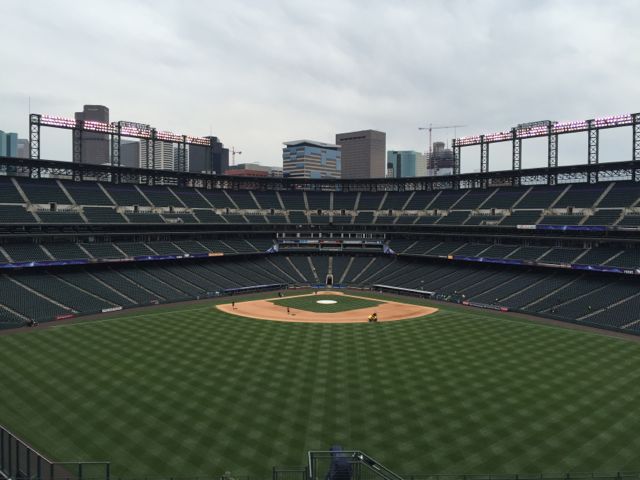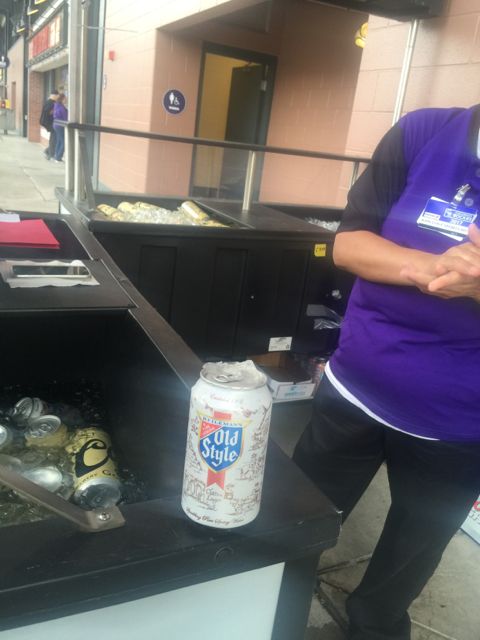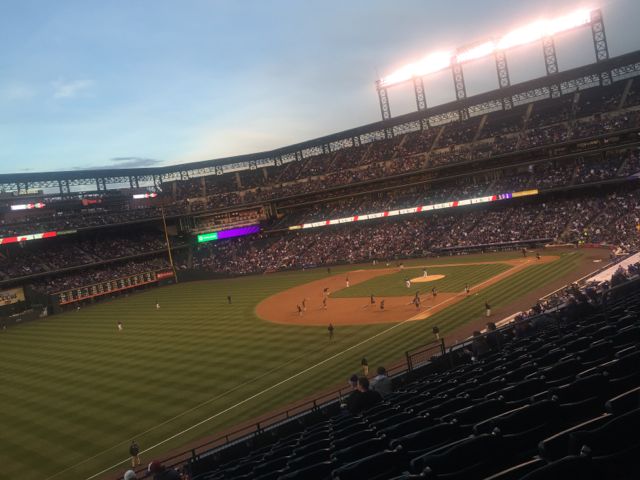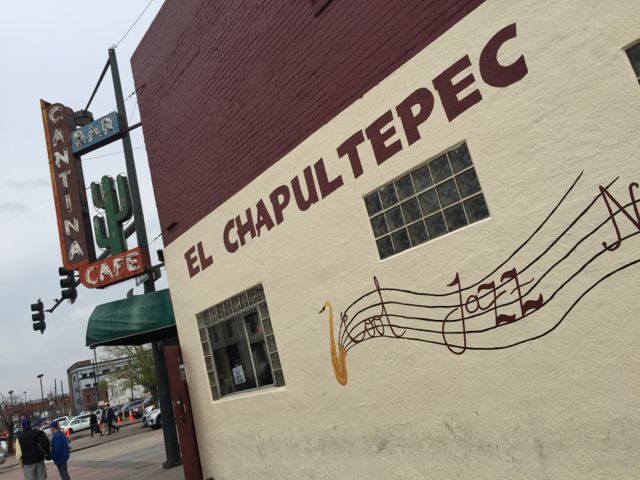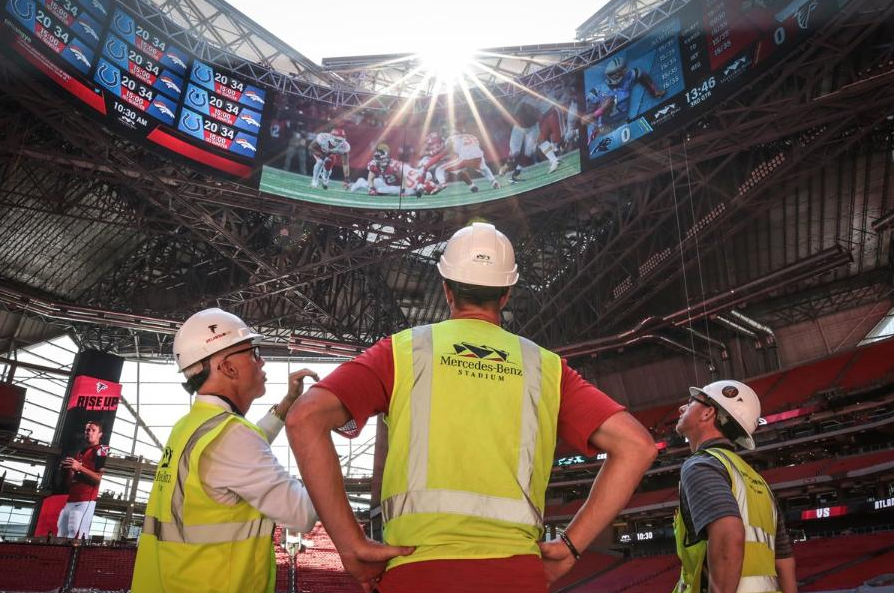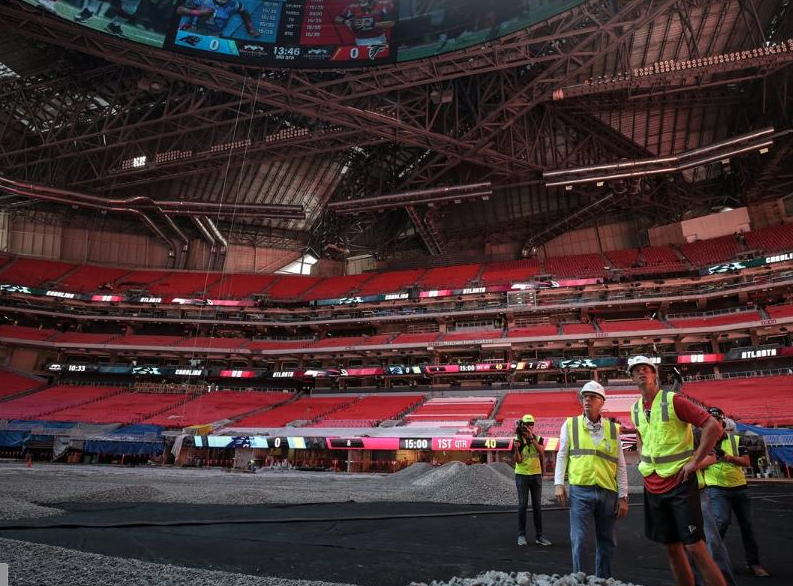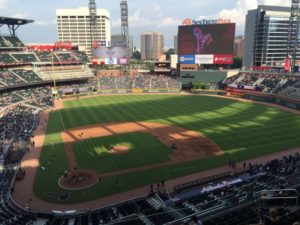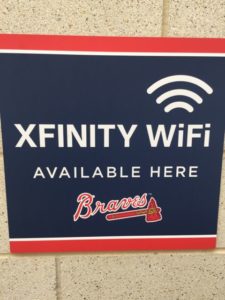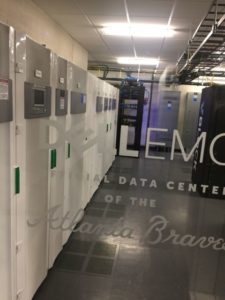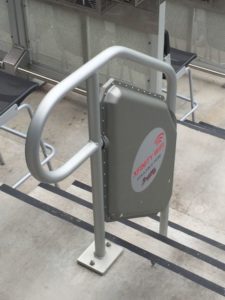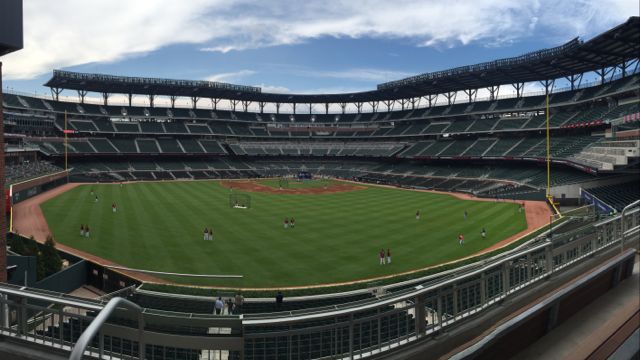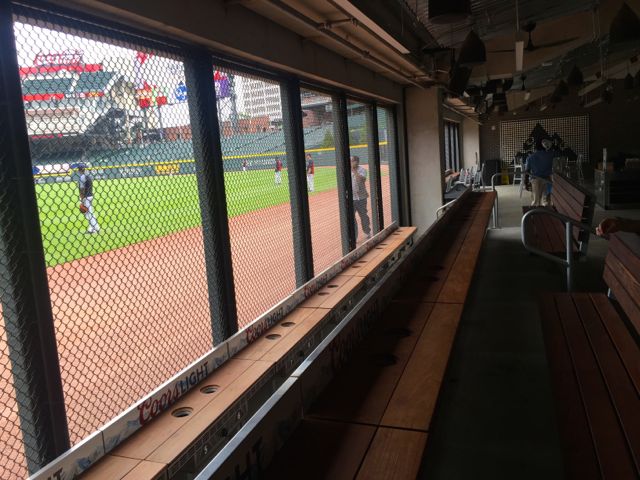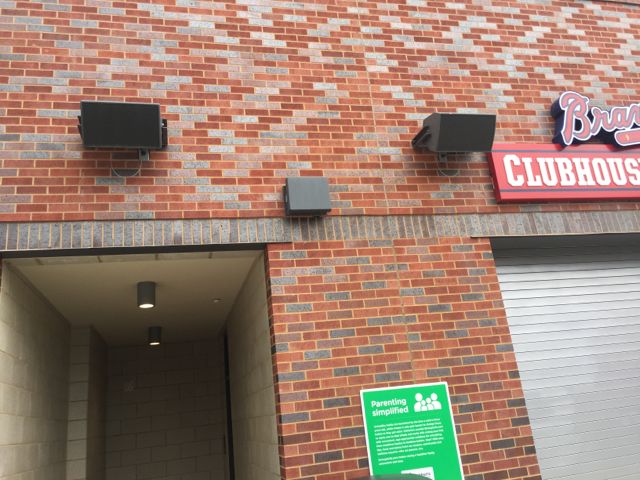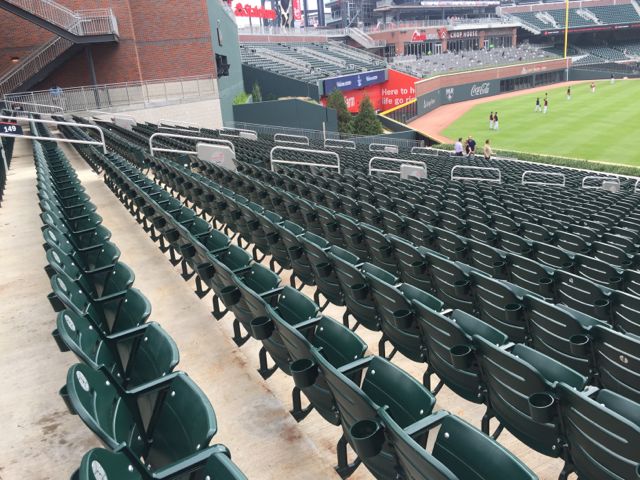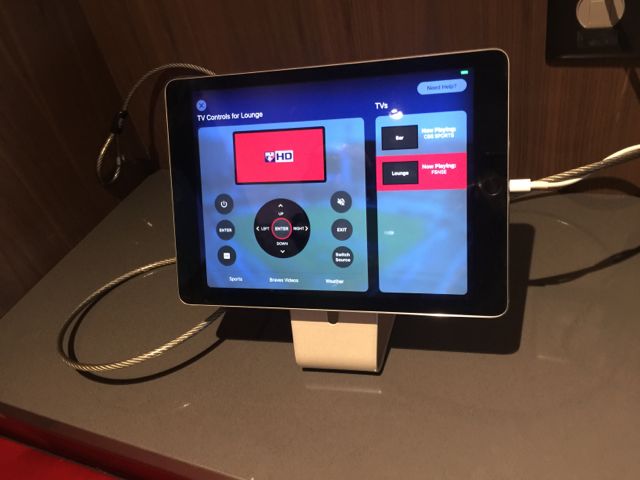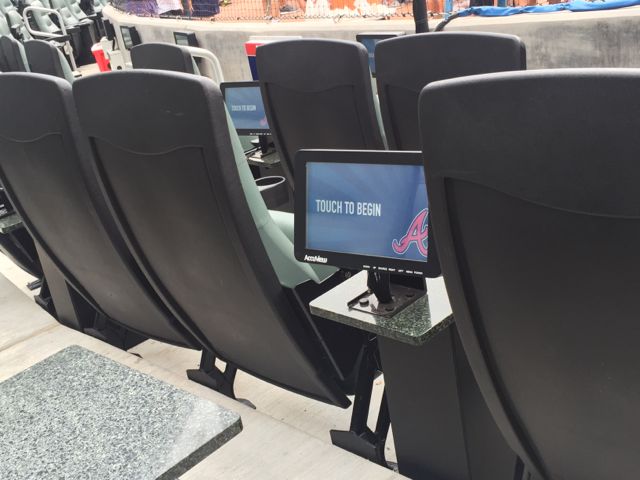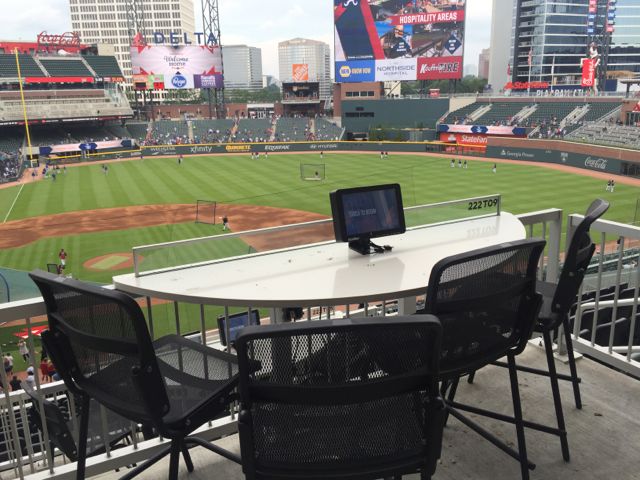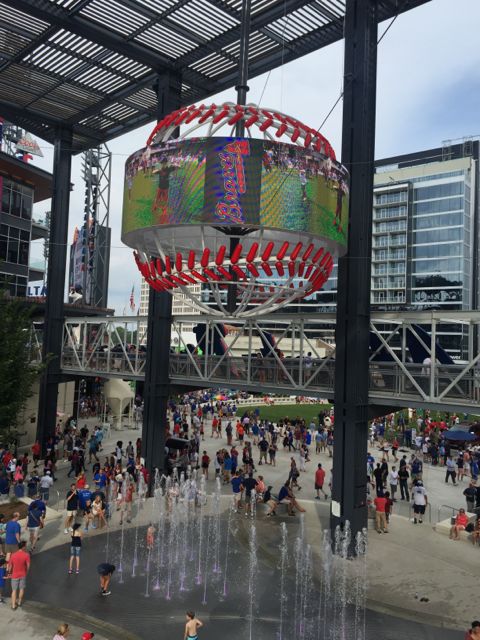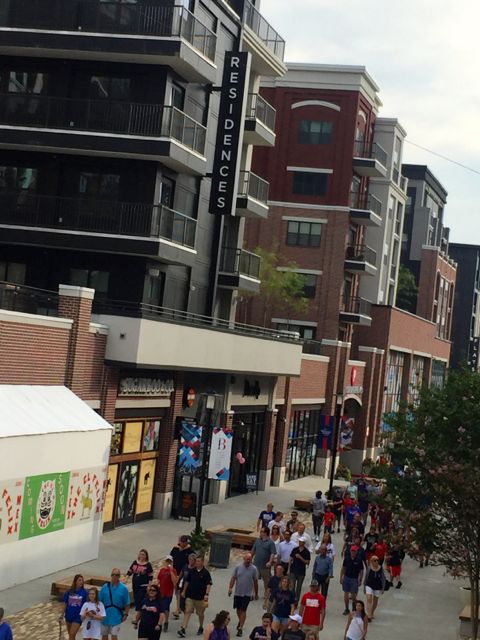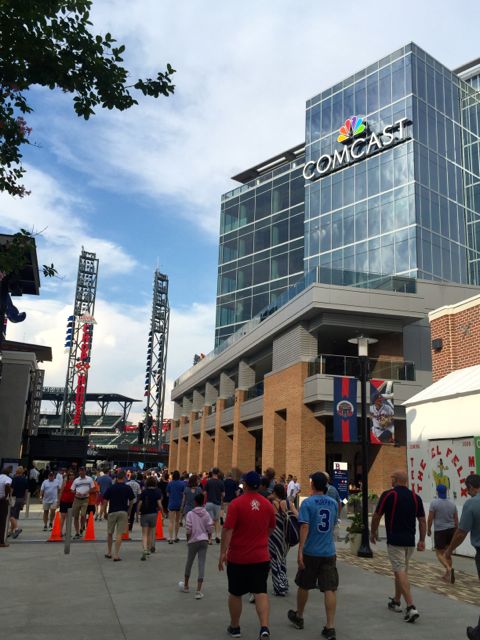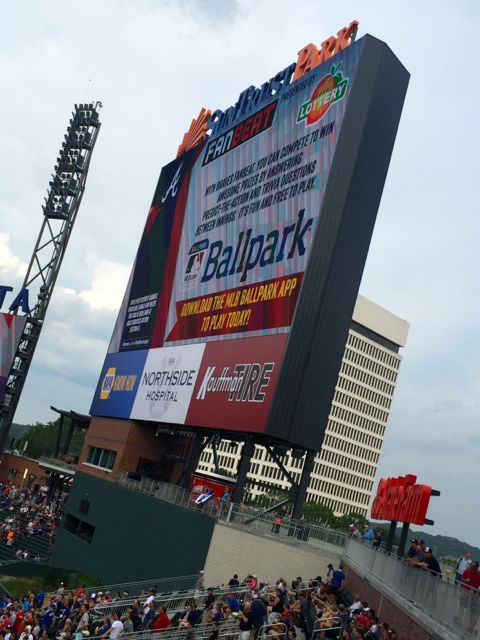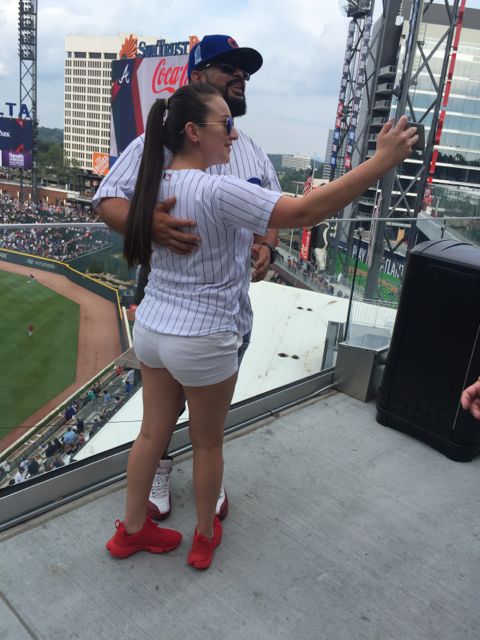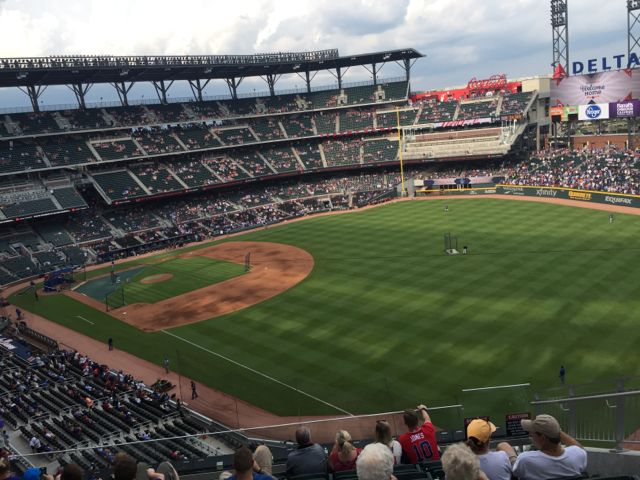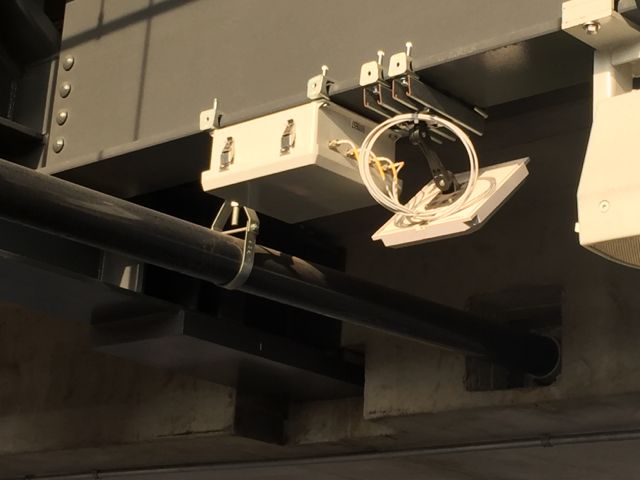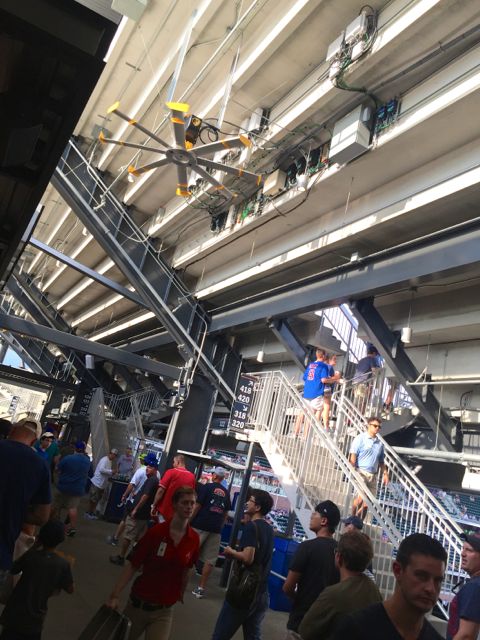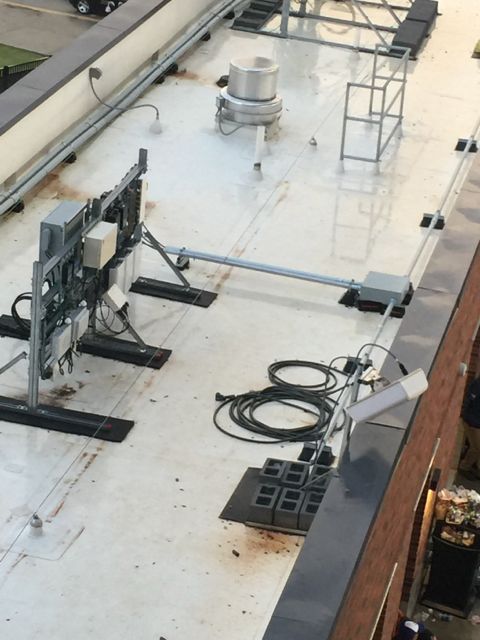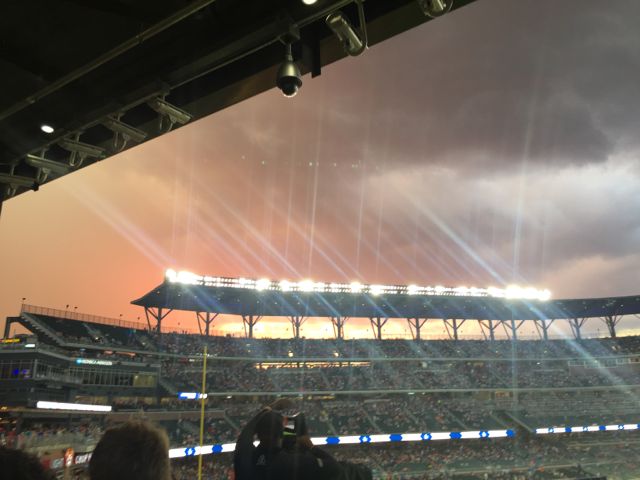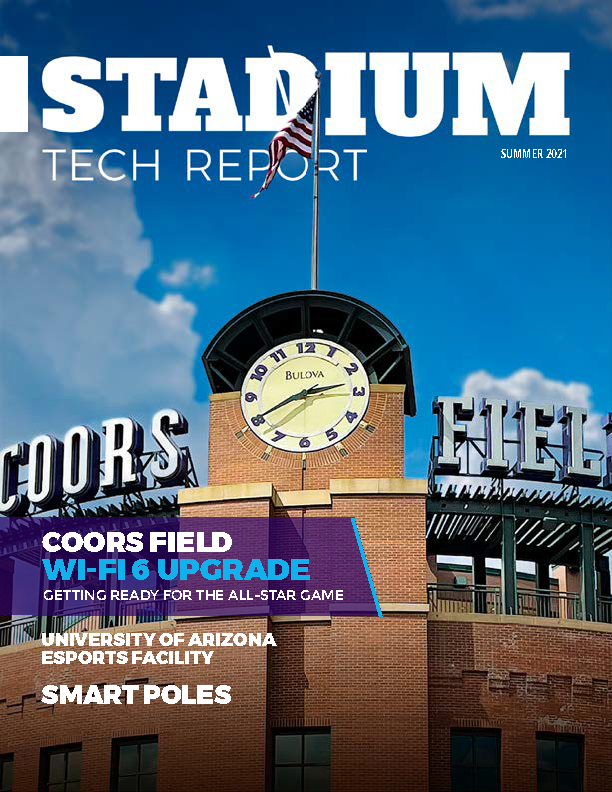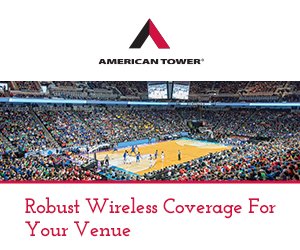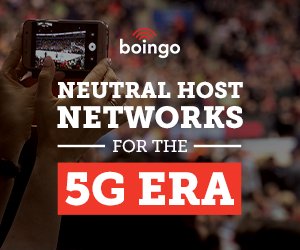Recent news announcements of T-Mobile being the first carrier to participate in the new forthcoming distributed antenna system (DAS) at Wrigley Field, as well as joining DAS deployments at Texas A&M’s Kyle Field and Kansas City’s Kauffman Stadium are proof that T-Mobile is making up for lost ground in the stadium cellular deployment arena.
“It’s a catch-up play, to some degree,” said Dave Mayo, senior vice president of network technology at T-Mobile. While Mayo spent most of a recent phone interview with Mobile Sports Report talking about the promise of future 5G cellular technologies, he did acknowledge that T-Mobile was more aggressively pursuing DAS deals in the moment, to make sure T-Mobile customers could connect when they were at large public venues.
“When they get to the venue, customers expect to be able to post to Instagram and Facebook,” Mayo said. “It’s table stakes.”
In Chicago, the world champion Cubs are looking to 2018 for the arrival of their renovated Wi-Fi and DAS infrastructure. According to DAS deployer DAS Group Professionals, T-Mobile is the first of the cellular carriers to sign on to the neutral-host system.
At the Kansas City Royals’ Kauffman Stadium, the new DAS built by Advanced RF Technologies Inc. (ADRF) and Sprint in 2015 will welcome T-Mobile to the system this month, with AT&T and Verizon Wireless expected to join sometime later this year, according to ADRF. And earlier this year, Texas A&M announced a $3.5 million deal for T-Mobile to join the DAS at Texas A&M’s Kyle Field, which previously had AT&T and Verizon as participants.
Looking ahead to 5G
But even as T-Mobile announces its participation in traditional DAS deployment deals — where other carriers or third-party operators may be in charge — Mayo said venues need to rethink their cellular strategies for the coming of 5G, a still loosely-defined set of technologies that will nevertheless be much different than the current standard of 4G LTE.
“5G is going to become available in the next 2 to 3 years, so now is the time to start thinking about this,” Mayo said. With much different transmission frequencies in the millimeter wave zones, the idea is that 5G could theoretically support much higher data rates than current cellular technology. The one drawback of higher-range frequencies, that being shorter distance ranges for signals, may not be a big problem in stadiums since antennas are usually placed closer together than those in other environments.
How the DAS model will or will not translate to a 5G future is a topic already widely talked about in industry circles, and Mayo said current deployment agreements may not work well going forward.
“The whole [deployment] model has to change,” Mayo said. “And the time to start changing that is now.”
